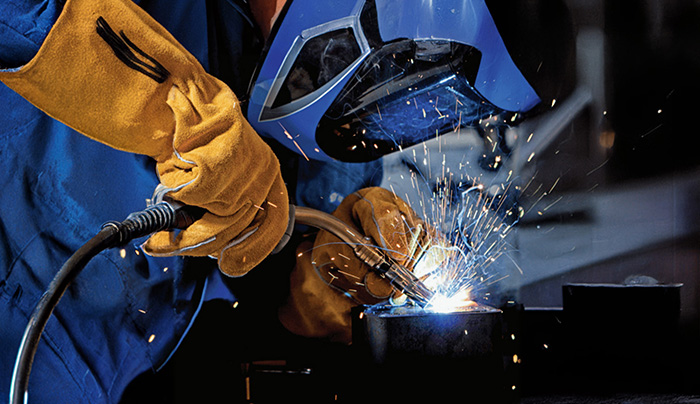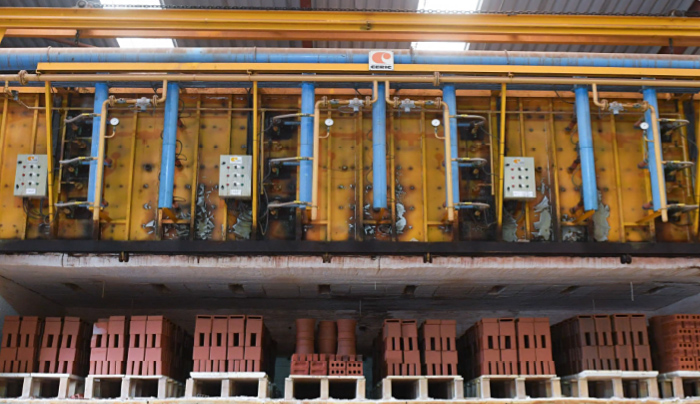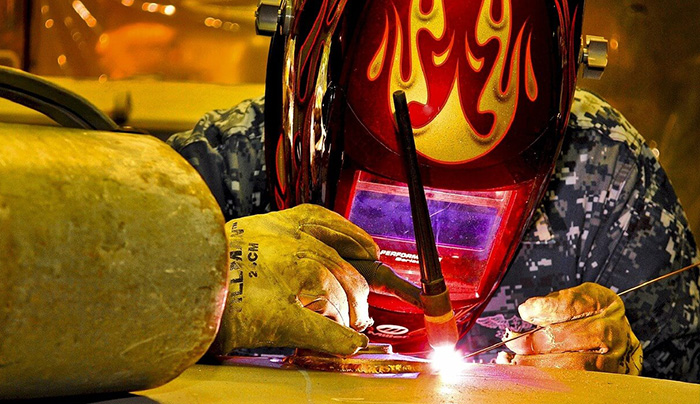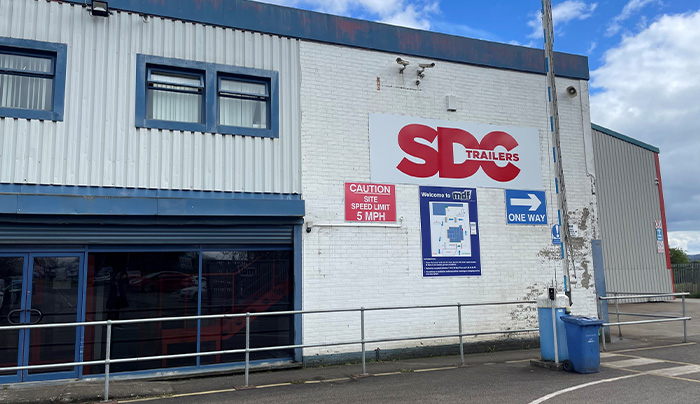Case Study Forterra: Generating a cleaner future, hydrogen and brick production trial
For the construction manufacturing industry, there is a critical challenge on the road ahead - decarbonising its production processes.
BACKGROUND
So, when Forterra, a leading UK manufacturer of essential clay and concrete building products, published its sustainability strategy in 2022, it set a target to reduce its carbon emissions by 32 per cent by 2030. To do this, it meant tackling the energy mix used to power the company’s brick production kilns – reducing the use of natural gas and increasing the use of hydrogen. Working with Air Products, Forterra has been able to trial exactly that, while protecting the quality of the bricks the company is known for.
Air Products, with expertise across multiple hydrogen production pathways, guides customers through the full process. Brick production is a balancing act and ensuring that product quality is not compromised by changes in temperature and environment within the kiln is essential. How hydrogen could be introduced to the energy mix to protect that balance was vital to Forterra and Air Products’ testing. Overseeing trials using a 100 per cent natural gas kiln as a control variable, Forterra trialled the use of hydrogen at rates between five and 20 per cent, increasing the volume of hydrogen use as the project progressed.
David explains:
“Approaching the trials in this way worked perfectly. We were aware what we
were doing had the potential to be significant for us and the wider industry,
so being careful and testing as we went would allow us to pinpoint to what
extent hydrogen could be introduced in the process. Ultimately, at a 20 per
cent mix there was no impact on the colour, consistency, and quality of the
bricks - which is exactly what we were looking for.” The future is promising
too, David continues: "We’re excited by the trial outcome, and it’s proved to
be a real success for the introduction of hydrogen into our company. As a
result, we’re now exploring how we can do a similar trial on a slightly smaller
kiln but with hydrogen blends up to 100 per cent, as well as how we would fit
out our larger kilns in the future.”
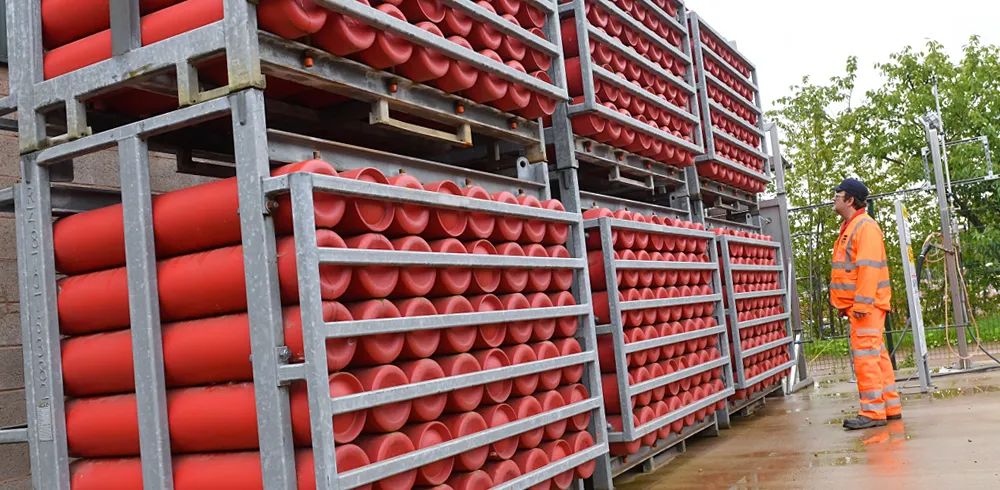
A STEP CHANGE
The trial supports what the wider industry is thinking. In its 2024 Decarbonising UK Ceramic Manufacturing Industry Roadmap, Ceramics UK recommended that deeper decarbonisation of UK ceramic manufacturing requires the urgent development and deployment of lowcarbon hydrogen – and that’s despite its notable absence from the same report only ten years earlier. But how much impact can a hydrogen-enabled furnace have on carbon emissions during brick production?
David thinks it could be significant: “If we could operate a kiln on 100 per cent hydrogen, we would be able to reduce our carbon output by 40-45 per cent. That’s significant but there are opportunities with our mobile plants too, where the introduction of fuel cells could further reduce our carbon emissions by 8-10 per cent. That means we could achieve a total reduction of around 55 per cent of our carbon emissions through the introduction of hydrogen. This would help make Forterra an industry leader in decarbonisation".
LONG TERM GOALS
For both organisations, they are clear that this is just the start, with Forterra looking at expansion plans and uses of hydrogen into the future as they believe it’s critical, and Air Products are well-positioned to provide their expertise. David explains,
Considering the use of hydrogen for the manufacturing industry moving forward, Air Products comments,
“We know how significant the introduction of hydrogen is to the industry. Working in partnership with Forterra means we can continue to demonstrate feasibility, understand need and respond collaboratively to requirements; most importantly, we can continue to drive forward its goal to reduce carbon emissions by 32 per cent by 2030.”
For companies like Forterra, hydrogen carries huge potential. Not only does it support the move to a net-zero economy, but it helps ensure the transition can be done in a way that protects quality – critical for customers. There is more to be done, however, and both Air Products and Forterra will continue to work together to examine how to incorporate hydrogen into the manufacturing process – as they seek to explore the behaviour of the bricks, kiln, and hydrogen flame in blends up to 100 per cent.
David Manley - Forterra’s Head of Sustainability
As with a lot of businesses working to meet decarbonisation targets, we recognise we need to invest in infrastructure across our UK sites to support a move to hydrogen. But we also want to see wider investment in hydrogen infrastructure come forwards, as well as greater confidence in the market for the supply of hydrogen.
Cutting our carbon emissions is central to our mission, but we need to make sure we’re not compromising on the quality of the products we’re producing. When it came to considering how to cut our emissions, we looked at several options including electrification and biomass. Both will have a supporting role in our long-term strategy, but it became obvious quite quickly that hydrogen is the most effective option for reaching our long-term decarbonisation targets. Working closely with Air Products, we’ve introduced gaseous hydrogen storage, together with a blending skid and control system which has allowed us to produce bricks using a mixture of natural gas and hydrogen. The successful use of 20 per cent hydrogen is a game changer given the careful balance we need to strike when it comes to temperature and moisture control in brick production.


Allied Vehicles
Boosting safety and productivity at Allied Vehicles with the game-changing Integra® Cylinder.
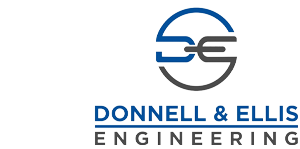
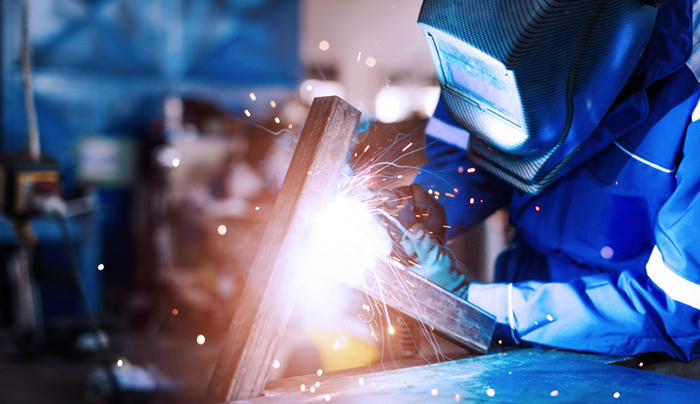
Donnell & Ellis Engineering
Donnell & Ellis benefited from the safety and handling features of the Integra® Cylinder, but the most notable advantage was the cost savings.






